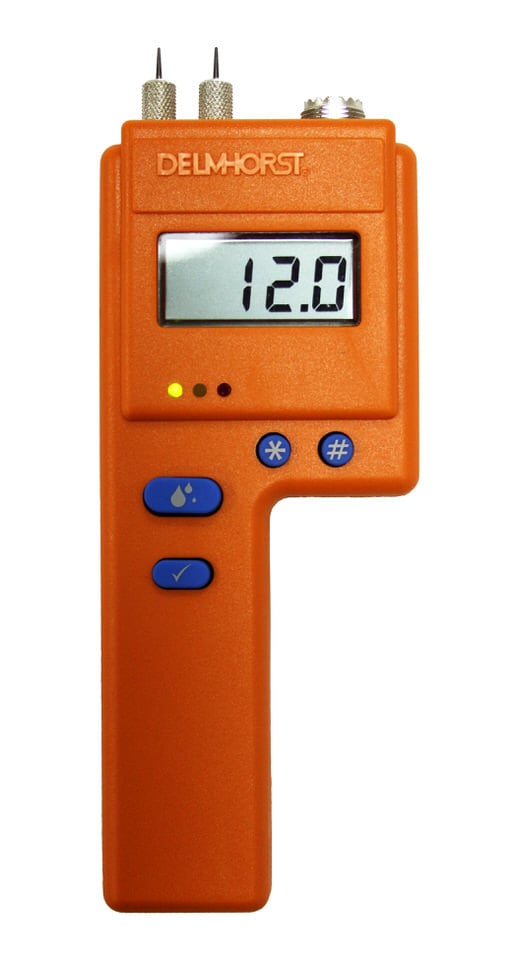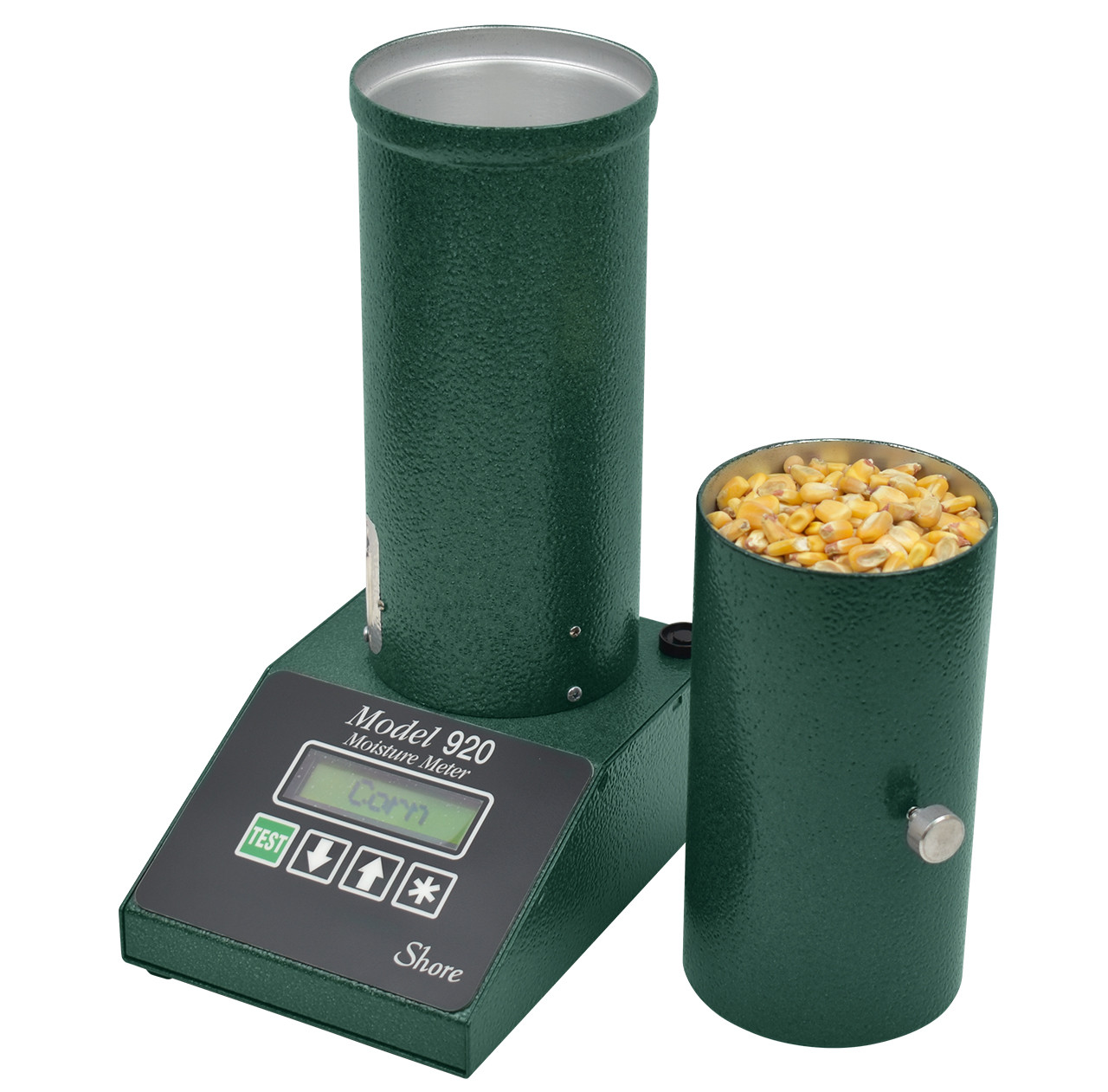Top 10 Advantages of Using a Moisture Meter for Correct Measurements in your house
Top 10 Advantages of Using a Moisture Meter for Correct Measurements in your house
Blog Article
Recognizing the Value of a Moisture Meter in Stopping Mold and Water Damage in your house
In the realm of home maintenance, the visibility of wetness can frequently be a quiet yet powerful adversary, qualified of causing prevalent mold development and insidious water damages if left unchecked. Among the peaceful setting of a residence, concealed moisture problems can make beneath the surface area, posturing a threat to both residential property and health and wellness. Nonetheless, furnished with the right devices and understanding, home owners can proactively fight these possible risks. Comprehending the significance of a wetness meter in this fight is not merely a choice yet a strategic necessity.
Significance of Moisture Discovery
Effective wetness discovery approaches are crucial for safeguarding buildings and preventing potential mold growth and water damages. Dampness can permeate right into different structure products, causing architectural problems and carcinogen. By using a wetness meter, homeowner can proactively determine areas prone to excess moisture, enabling prompt treatment and mitigation techniques.
Moisture meters offer precise analyses of dampness degrees in different materials such as drywall, concrete, and timber. This information assists in pinpointing locations of problem, also in covert or hard-to-reach areas. Early detection of moisture buildup allows prompt fixings or modifications to avoid further damages.

Just How Moisture Meters Job
Dampness meters play a critical function in the aggressive recognition of excess dampness, aiding in the prevention of potential mold growth and water damage by offering precise readings of moisture levels in various building materials. Some advanced moisture meters pin both combine and pinless technologies for extensive wetness detection. Understanding how moisture meters function is important for accurate and timely dampness degree analyses, making it possible for reliable precautionary steps against mold and water damage.
Finding Early Indication
Upon preliminary inspection of a property, recognizing refined indications of excess wetness ends up being essential in the early discovery of possible mold and mildew development and water damages. Some typical early indication include musty odors, water discolorations on ceilings or wall surfaces, peeling paint or wallpaper, and warped or blemished surface areas. Moldy smells commonly suggest the existence of mold or mold, even if no noticeable indications appear. Water discolorations can indicate leakages or infiltration, while peeling off paint or wallpaper may be an outcome of moisture endangering the bond of these products to the surface. Warped or tarnished surfaces, such as bending floorboards or tarnished drywall, are clear signs of water damages. Additionally, an increase in allergic reaction signs or respiratory system problems amongst residents might suggest the visibility of mold because of excess moisture. By immediately identifying and attending to these early caution signs, house owners can reduce the risk of considerable mold development and visit this page water damages in their residential properties.
Stopping Mold Development
Identifying very early warning indications of excess moisture within a residential property not just allows timely detection of potential mold and mildew development and water damages but also functions as an aggressive procedure in stopping the expansion of mold. To effectively protect against mold and mildew growth, it is essential to address any kind of resources of moisture promptly. This can consist of repairing leaks in windows, roofings, or pipes, making certain appropriate ventilation in moist areas like cooking areas and restrooms, and making use of dehumidifiers in high-humidity spaces. Routinely keeping the home and inspecting's plumbing, roof covering, and seamless gutters can additionally help in protecting against water breach that might result in mold and mildew development.
Keeping track of dampness degrees in areas prone to wetness, such as cellars and crawl spaces, utilizing a dampness meter can additionally help in early discovery of raised wetness levels and possible mold growth - Moisture Meter. By taking aggressive procedures to avoid excess dampness and mold and mildew growth, home owners can secure their home and navigate to these guys indoor air top quality.
Benefits of Normal Tracking
Regular tracking of wetness degrees in a building can play an important function in preserving a healthy and balanced interior setting and preventing potential mold and water damage. By frequently inspecting wetness degrees, house owners can identify any kind of concerns without delay and take necessary actions to prevent mold development and water damages.
Furthermore, routine surveillance allows homeowners to track patterns and patterns in dampness degrees over time. Eventually, the consistent surveillance of wetness degrees equips homeowners to secure their residential property, safeguard their wellness, and preserve the integrity of their interior environment.

Final Thought

By making use of a moisture meter, building proprietors can proactively identify areas vulnerable to excess moisture, allowing for prompt treatment and reduction methods.

Checking dampness degrees in areas susceptible to moisture, such as basements and crawl spaces, using a moisture meter can additionally assist in very early discovery of elevated wetness levels and potential mold and mildew development. (Moisture Meter)
Report this page